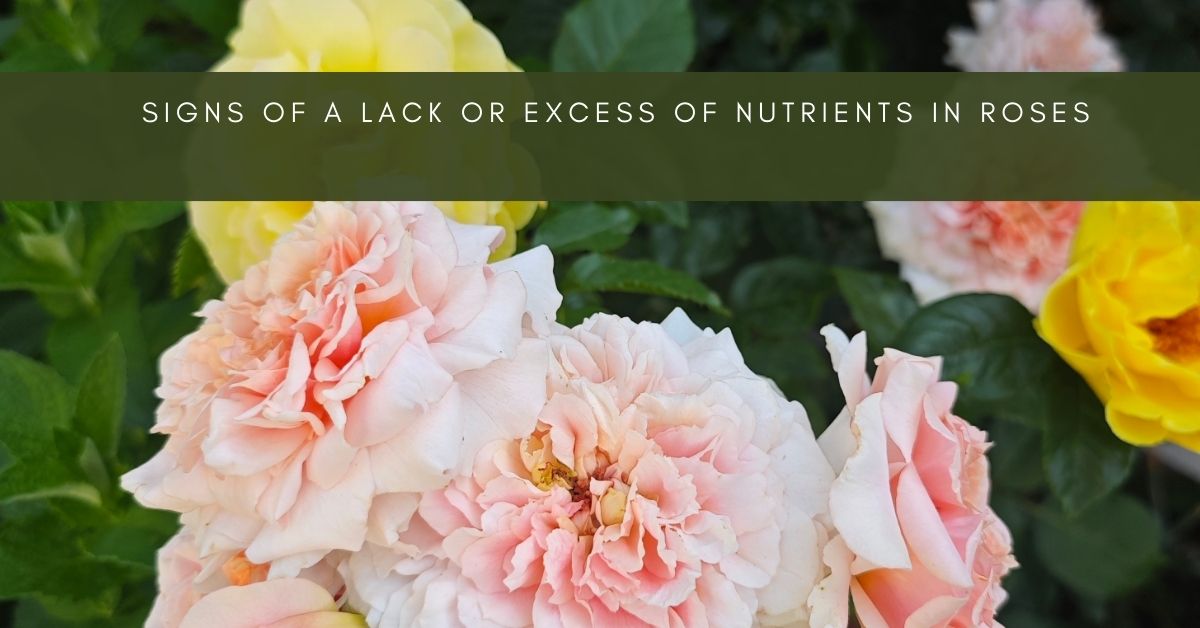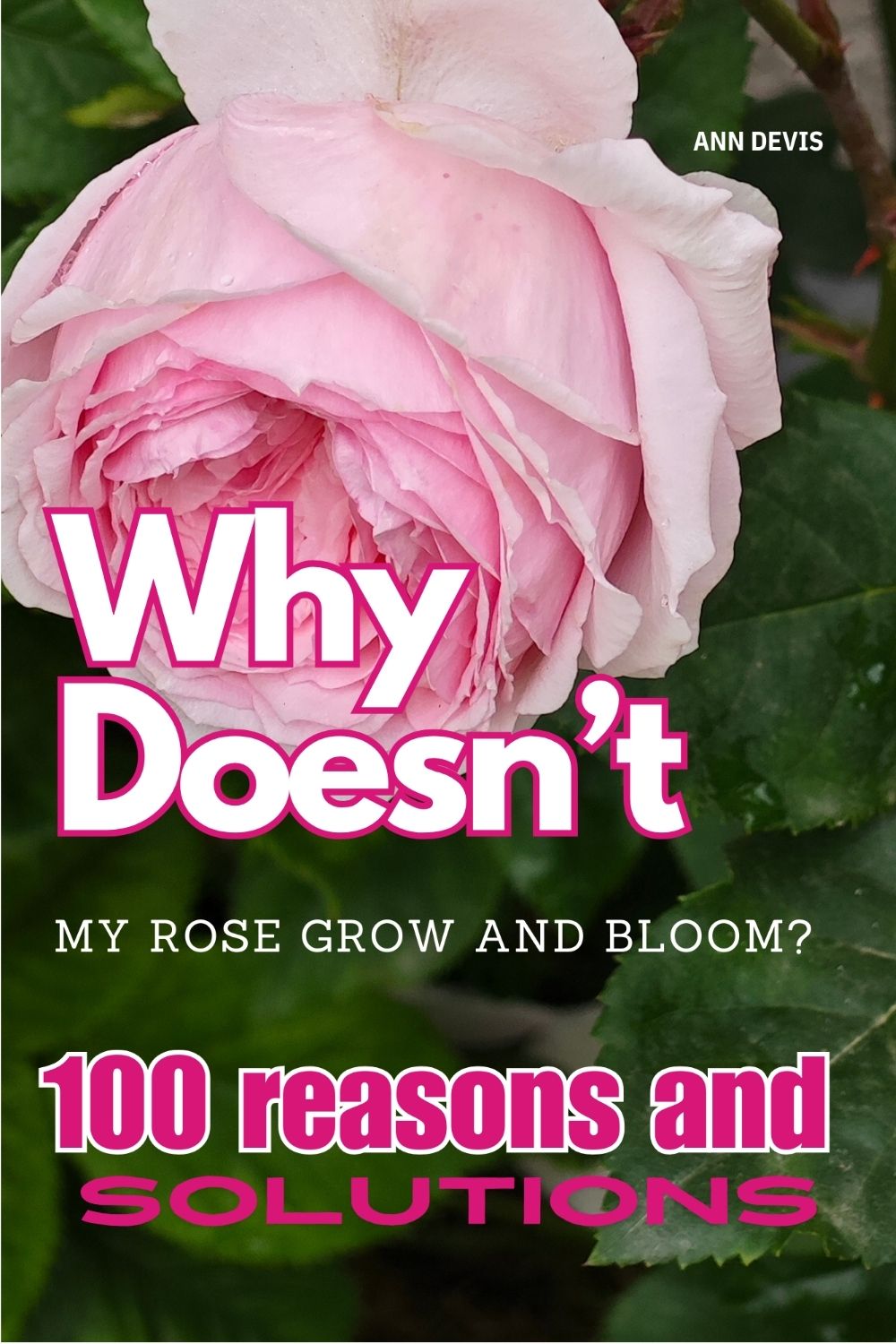Nurturing roses can be incredibly fulfilling, yet it demands careful attention to detail, particularly in managing nutrient needs. The health of rose leaves often serves as the first indicator of any nutritional imbalance. In this article, we’ll explore the signs of nutrient deficiencies and excesses in roses, focusing on how these imbalances manifest in the leaves and providing practical solutions to address them.
Understanding Nutrient Imbalances in Roses
Signs of Nitrogen Deficiency
Nitrogen is crucial for the growth and vitality of roses. When roses lack nitrogen, you may notice the following signs on the leaves:
- Leaves lose their green color.
- Young leaves appear pale green with red spots.
- Leaves become narrow and prematurely fall off.
- Older leaves are affected first.
- Shortened shoots and weak blooming.
- Poor maturation of stem wood and reduced winter hardiness.
Solution: To correct nitrogen deficiency, especially in spring, feed roses with ammonium nitrate, urea, or any balanced fertilizer containing nitrogen. Mix one tablespoon of the fertilizer with 10 liters of water. Natural fertilizers such as compost or manure can be utilized in suitable amounts.
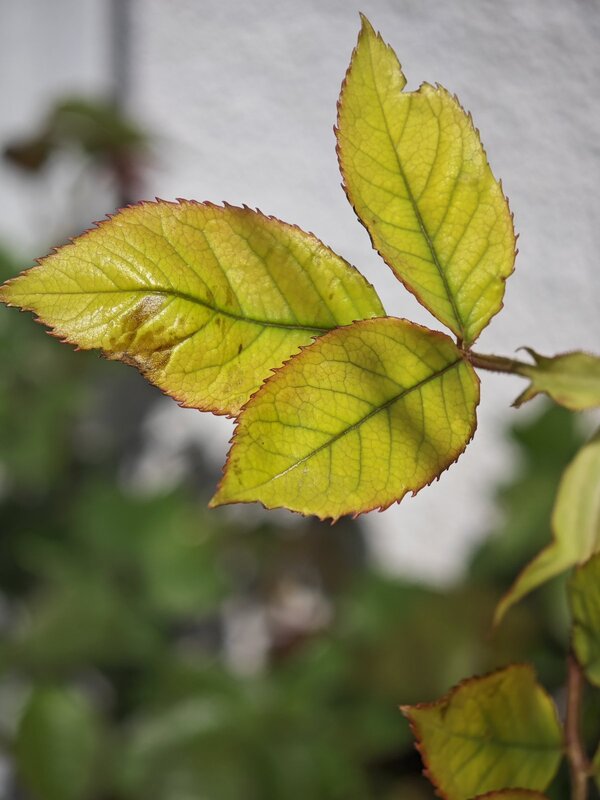
Symptoms of Nitrogen Excess
While nitrogen is essential, too much of it can cause:
- Dark green, lush foliage.
- Vigorous growth with soft stems.
- Reduced flowering.
- Increased susceptibility to fungal diseases.
Solution: To manage excess nitrogen, stop nitrogen fertilization and switch to phosphorus-potassium fertilizers to balance the nutrient intake.
Phosphorus Deficiency in Roses
Phosphorus plays a crucial role in promoting root growth and flowering. Deficiency signs include:
- Dark green leaves with a red or purple tint.
- Purple-brown stripes and spots on leaf edges, especially on the underside.
- More minor, narrow leaves that angle sharply from the stem.
- Delayed growth and weak, often blind, shoots.
- Poor root development and delayed flowering.
Solution:
- Treat phosphorus deficiency by applying superphosphate or a balanced fertilizer containing phosphorus.
- Use one tablespoon per 10 liters of water.
- Mulch the soil with peat and mix it into the ground to improve nutrient uptake.
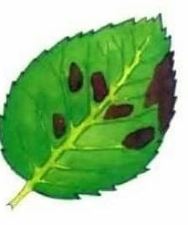
Consequences of Excess Phosphorus
Too much phosphorus can lead to soil salinization and a deficiency of other essential elements like manganese, disrupting the plant’s ability to absorb iron and copper.
Solution: Avoid excessive use of phosphorus fertilizers and monitor soil nutrient levels to maintain a balanced environment.
Recognizing Potassium Deficiency
Potassium is essential for maintaining overall plant health and enhancing stress resistance. Symptoms of deficiency include:
- Yellowing leaf edges, while veins remain green.
- Leaf edges may dry out.
- Leaves may turn reddish-purple, especially starting from the tips.
- Tiny flowers and reddish young leaves with brown edges.
- Symptoms often start with lower leaves and move to younger ones.
- Leaves and stems may blacken and die.
Solution: To correct potassium deficiency, apply potassium sulfate, potassium magnesium sulfate, or a balanced fertilizer. Use one tablespoon per 10 liters of water.
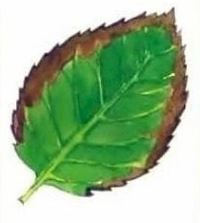
Effects of Potassium Excess
Excess potassium can delay plant development.
Solution: Stop potassium or a balanced fertilizer application to manage this issue.
Calcium Deficiency Symptoms
Calcium is essential for the growth of stems and roots. Deficiency signs include:
- Weak, dying tips of young leaves.
- Wilting flower stems and poor root development.
- Young leaves curl into hooks.
Solution: Correct calcium deficiency by applying superphosphate or calcium nitrate. Use one tablespoon per 10 liters of water.
Iron Deficiency in Roses
Iron deficiency, often occurring in neutral, alkaline, or calcium-rich soils, presents the following symptoms:
- Yellowing leaves start from the edges, particularly affecting young leaves.
- Green bands remain around the leaf veins.
- Severe chlorosis can lead to leaves turning almost white, then dying and falling off.
Solution: Add fast-decomposing organic fertilizers or any acidifying fertilizer to the soil. Conduct 2-3 foliar feedings with iron-containing fertilizers.
Magnesium Deficiency
Magnesium is crucial for chlorophyll production. Deficiency signs include:
- Discolored spots on older leaves, followed by younger ones.
- Dark red dead zones between leaf veins.
- Leaf edges remain green, but leaves fall prematurely.
Solution: Address magnesium deficiency by applying magnesium sulfate or ash.

Sulfur Deficiency
Manganese is necessary for photosynthesis. Deficiency symptoms include:
- Yellowing between leaf veins, forming tongue-shaped patches.
- A green halo around the leaf veins.
- Yellowing appears on older leaves first.
Solution: Spray the plants with manganese sulfate solution and reduce soil lime content by adding physiologically acidic fertilizers like peat, leaf, coniferous litter, potassium sulfate, or ammonium sulfate.
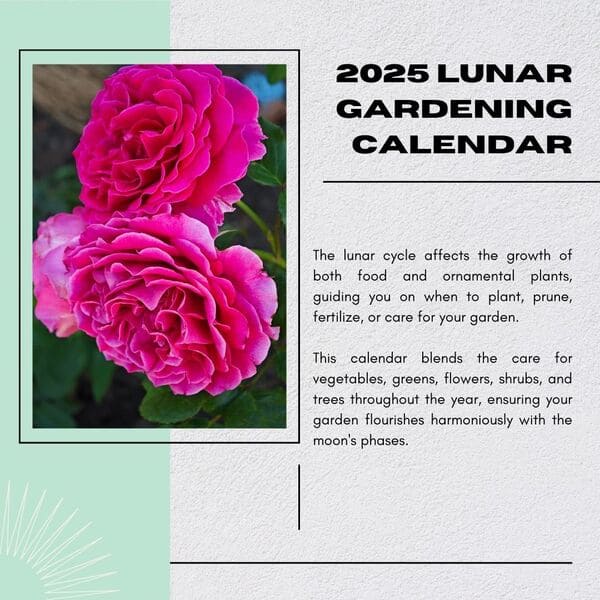
Get Your Free Lunar Gardener's Calendar 2025!
Join the Lunar Gardening Revolution! Subscribe now to receive our exclusive Free Lunar Gardener’s Calendar for 2025. Harness the power of the moon to optimize your planting, nurturing, and harvesting.
Manganese Deficiency
Manganese is necessary for photosynthesis. Deficiency symptoms include:
- Yellowing between leaf veins, forming tongue-shaped patches.
- A green halo around the leaf veins.
- Yellowing appears on older leaves first.
Solution: Spray the plants with manganese sulfate solution and reduce soil lime content by adding physiologically acidic fertilizers like peat, leaf, coniferous litter, potassium sulfate, or ammonium sulfate.
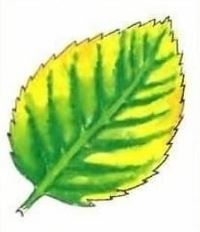
Boron Deficiency
Boron affects the growth tips of young shoots. Deficiency signs include:
- Death of growth points.
- Deformed leaves with upward-curled edges.
- Light green young leaves.
Solution: During the growing season, apply ash as a foliar feed or sprinkle around the bush and mix it into the soil. Ash is a source of boron.
Copper and Zinc Deficiency
Copper Deficiency:
- Death of the terminal bud.
- Whitening and wilting of leaf tips without yellowing.
Zinc Deficiency:
- Chlorotic spots along leaf edges, with green areas near veins.
- Dead patches on leaf edges and between veins.
Molybdenum Deficiency
Molybdenum is critical for nitrogen metabolism. Deficiency signs include:
- Buds and flowers are dropping prematurely.
In my experience, maintaining healthy soil is the best remedy for micronutrient deficiencies. If you regularly apply organic fertilizers such as rotted manure, ash, dolomite flour, and humates, mulch the soil with grass to maintain the microbiota. In that case, signs of micronutrient deficiency appear exceptionally rarely. But you must remember that all organic fertilizers are not absorbed immediately after application; these are long-acting fertilizers, you can call them that. Plants cannot directly absorb nutrients from organic matter; they consume them as humates and chelates.
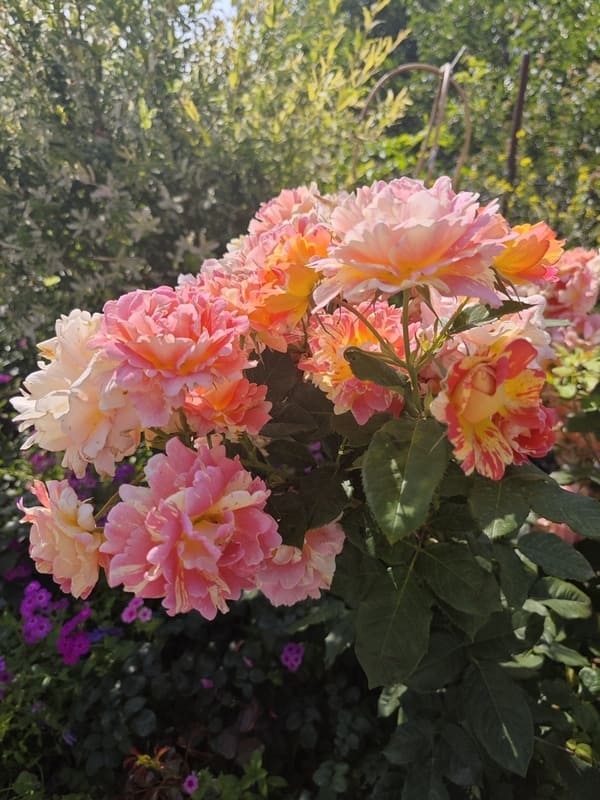
Helpers such as earthworms process organic matter and secrete it in a form easily digestible for plants. It is essential to apply organic fertilizer every season to ensure soil health. Ready-made mineral fertilizers already contain a form that plants can absorb. Hence, they are an excellent addition to caring for plants in the garden, but they do not in any way replace organic fertilizers. I am in favor of using organic and mineral fertilizers in combination.
Understanding and addressing these nutrient imbalances ensures your roses remain healthy and vibrant, providing stunning blooms throughout the growing season.

